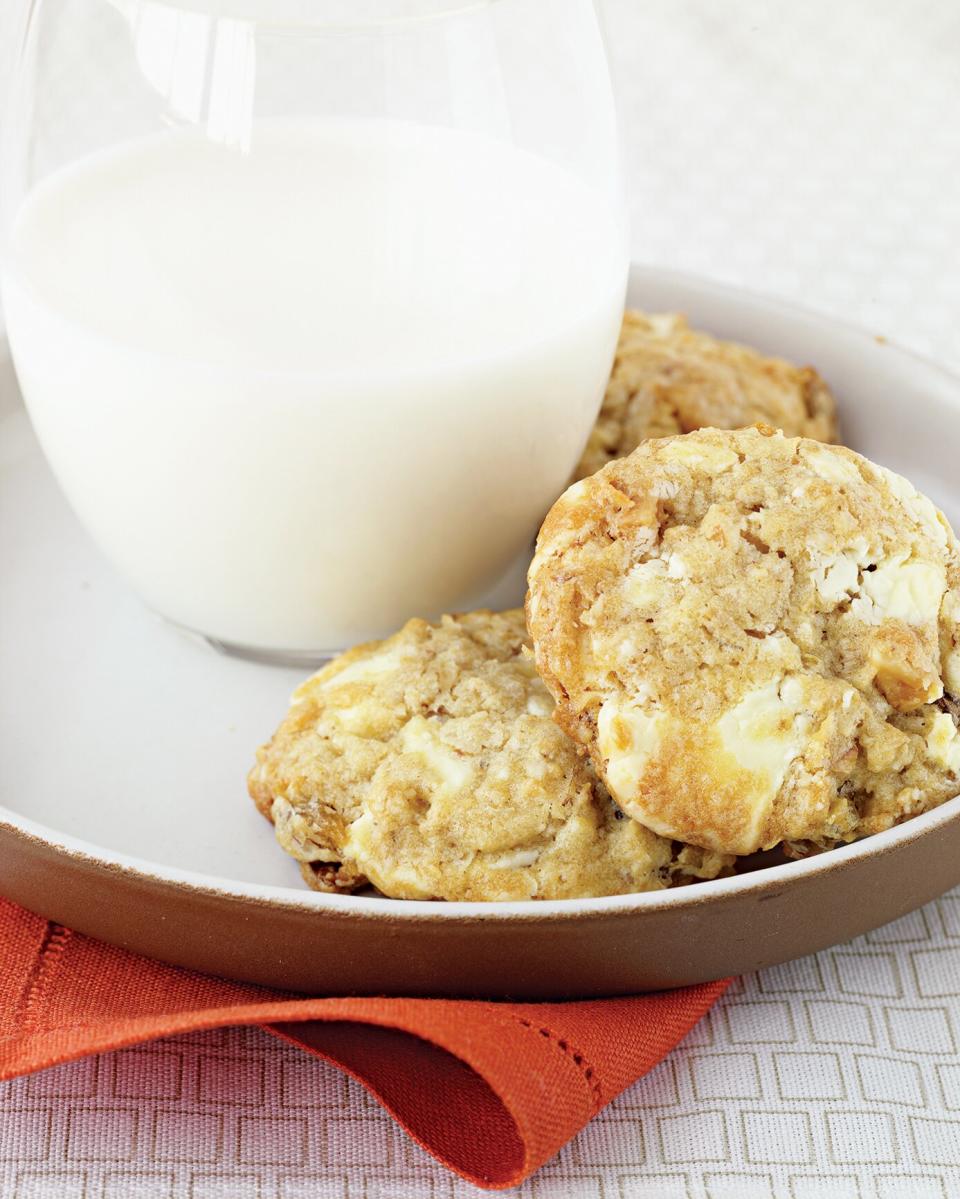Is White Chocolate Really Chocolate? Here's What You Need to Know About This Treat
Whether you like milk chocolate, dark chocolate, white chocolate, or all three, each of these confections can be enjoyed as is or used in baking and dessert making. You probably already have plenty of milk and dark chocolate-centric recipes that you make on the regular, but do you regularly bake with white chocolate? It has a sweet taste and creamy texture, but it's different from the rich, distinct flavors of its darker counterparts. This prompts the question: Is white chocolate really chocolate? Ahead, Megan Giller, an author and the founder of Chocolate Noise, which leads virtual chocolate tastings, gives us the answer.
White Chocolate Ingredients
In short, yes, white chocolate is actually chocolate. However, it does have a different main ingredient than most chocolate: cocoa butter, the natural fat that makes up cacao. Other ingredients include sugar, milk powder or cream powder, and vanilla. "As I write in my book, Bean-to-Bar Chocolate: America's Craft Chocolate Revolution ($14.89, amazon.com), 'To be considered white chocolate in the United States, it must contain at least 20 percent cocoa butter and no other vegetable fat, a minimum of 14 percent total milk solids and three-and-a-half percent milk fat, and a maximum of 55 percent sugar or other sweeteners,'" Giller says.
She goes on to explain that white chocolate doesn't have much natural flavor; white chocolate's claim to fame is its creaminess since cocoa butter melts at body temperature. In turn, "it's the perfect canvas to showcase other flavors, like raspberries, lemon, or even olives." As for the healthfulness of white chocolate, it doesn't hold as much nutritional value like dark chocolate or cacao nibs, since the benefits, like heart health from flavonoids, come from the cacao solids (the brown parts) of cacao beans. "White chocolate has gotten a bad rap because previously so much of it included other, cheaper fats (like vegetable oil) and were way too sweet, but it's having a renaissance of its own right now, with so many small-batch makers and chocolatiers creating delicious versions," adds Giller.

How It Differs from Other Chocolate
How, exactly, does white chocolate differ from other types of chocolate? Giller says it all comes down to cocoa butter being a key ingredient. "Dark chocolate and milk chocolate both contain some cocoa butter, but in those cases, the fat doesn't make up the majority of the bar," she explains. Further, white chocolate differs from these types of chocolate, as it doesn't contain any cacao solids. "Someone in one of my virtual chocolate tastings asked me if some types of cacao beans produce dark chocolate versus milk versus white," she adds. "The answer is that any bean can be transformed into any of these three types of chocolate."
Using White Chocolate
You can use white chocolate in a variety of desserts and baked goods, such as chocolate chip cookies or even cake frosting. Giller points to the latter often since its creaminess makes the frosting decadent and satisfying. "When you're making chocolate candies and confections, you have to temper the chocolate—essentially a process of heating and cooling it in a way that makes it shiny and creates a 'snap' when you break it," she says. "There's a different temperature range at which to temper dark, milk, and white chocolate, and this has to be followed closely if you want to keep your finished chocolate from melting as soon as you touch it." Since Giller explains that white chocolate is great at highlighting other flavors, she recommends using it when you want to center a treat on fresh fruit or a spice blend.

